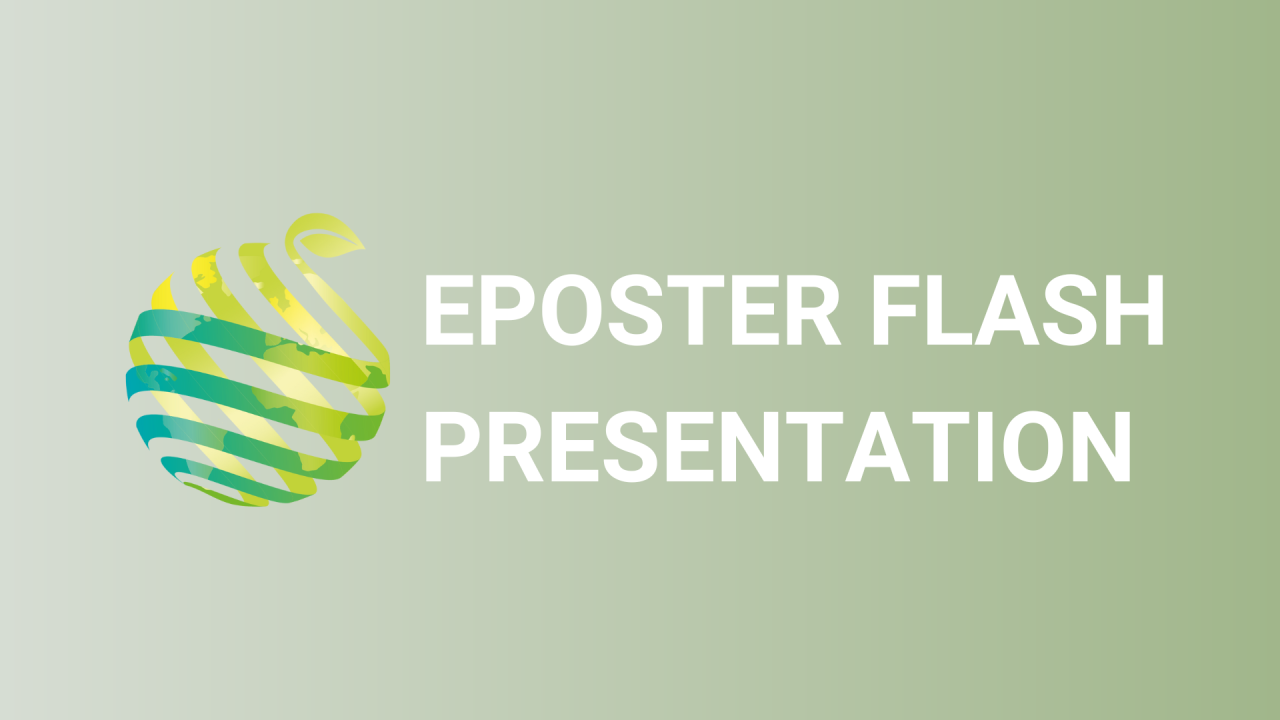

S14 - Session P1- Manipulating parasitoid behaviour with LED greenhouse lighting to improve biocontrol of aphids
Information
Authors: Jessica Fraser *, Paul Abram, Martine Dorais
Greenhouse growers use supplemental lighting to maintain crop yields when natural sunlight is insufficient. LEDs offer several benefits over older technology, including energy-efficiency and the option to customize the spectrum to optimize its effects on plants. However, greenhouse lighting can also affect the other organisms that inhabit a greenhouse, including pest insects and biological control agents. Given the distinct needs, physiologies, and lifestyles of different insect guilds, pests and their natural enemies may respond differently to the same light regime. This would mean an optimized light regime could be developed to benefit biocontrol agents over pests , while still promoting plant growth. In order to test this hypothesis, we examined the responses of the parasitoid biocontrol agent Aphidius matricariae and its pest aphid host Myzus persicae to artificially-extended days in growth chamber and greenhouse trials. In growth chambers, the insects were exposed to varied long-day photoperiods and mid-length days extended by LED lights of varied spectra. Wasp movement activity was measured in infrared activity monitors, and aphid reproduction was measured on isolated bell pepper ( Capsicum annuum ) leaves. Wasps adjusted the timing and magnitude of their activity depending on the light environment . They were most active under 14 hour days compared to longer ones, and under days extended by broad-spectrum white and red-green-blue light . Conversely, aphids were not observed to respond to the light regimes used. Ongoing research is examining how extending the day with different spectra affects the organisms in a tri-trophic greenhouse context. This research will expand the understanding of how biocontrol agents respond to lighting with the aim of linking behaviour to population-level outcomes. This will aid in the development of light recipes that are optimized across multiple trophic levels to allow LED crop lighting to be incorporated into integrated pest management strategies.